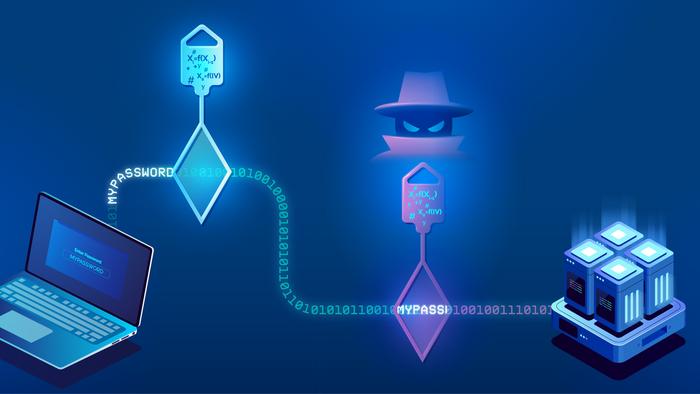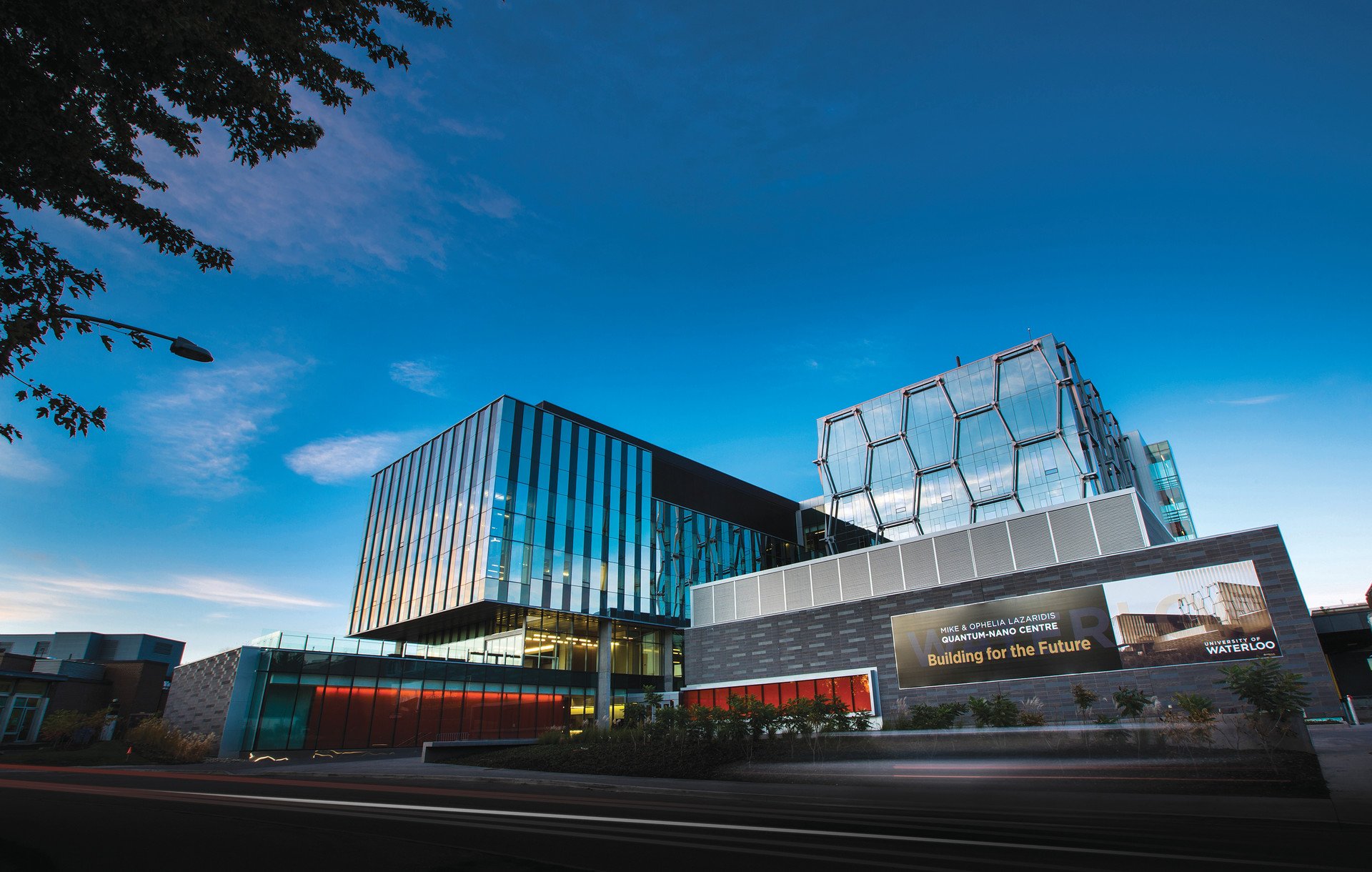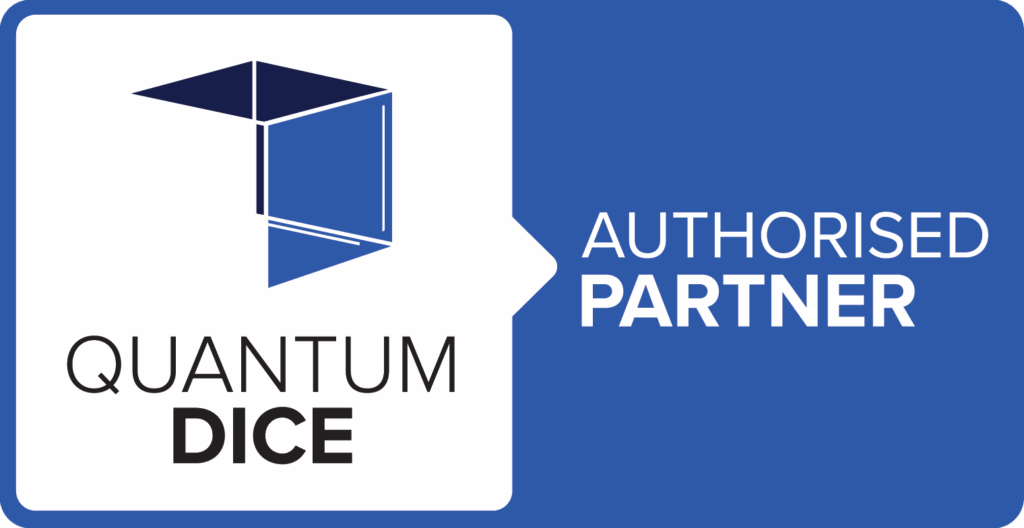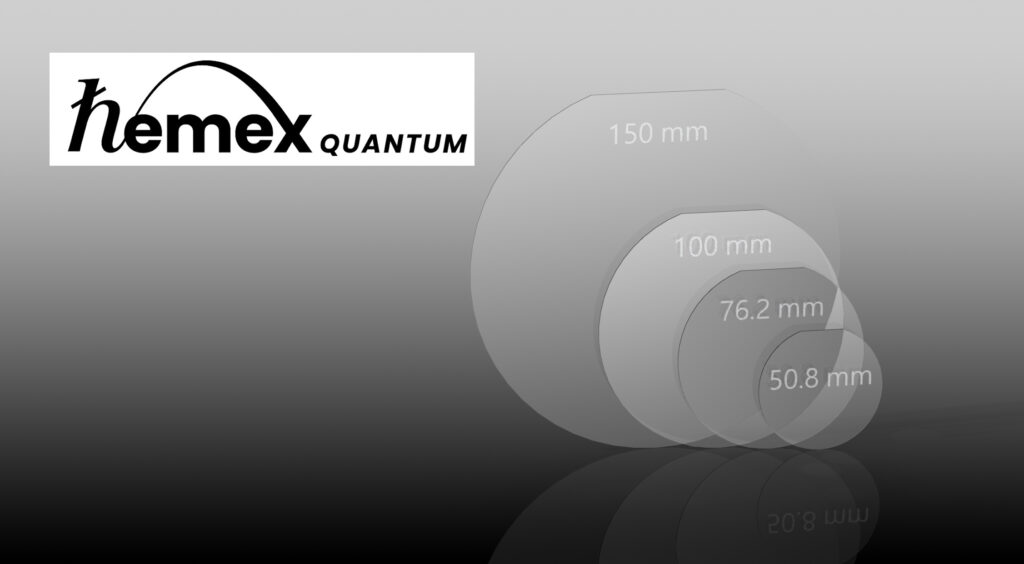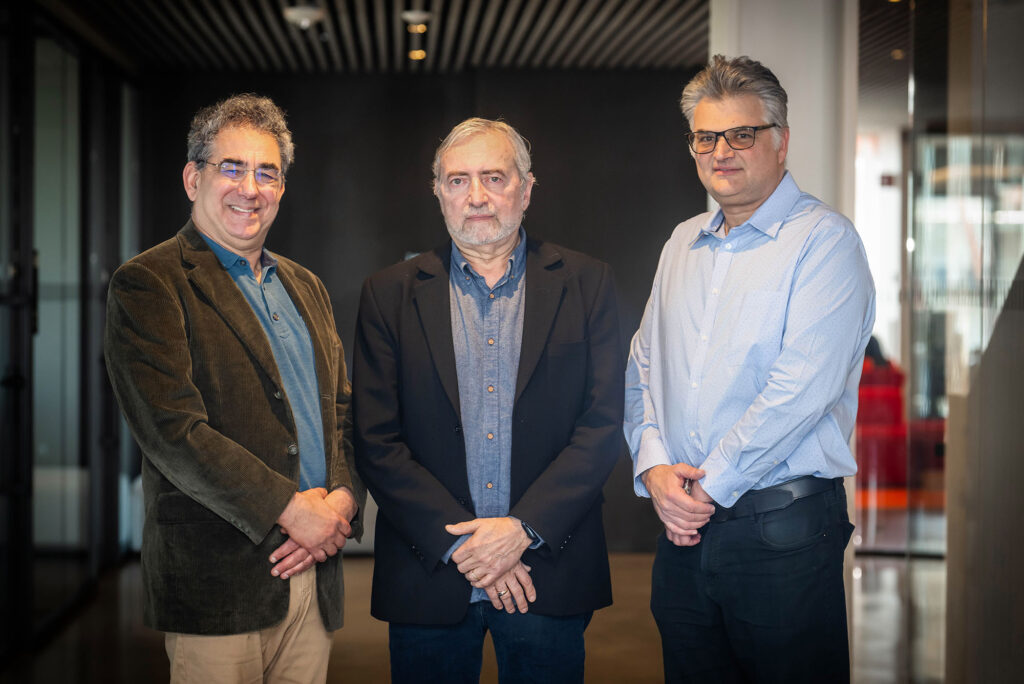Insider Brief
- Researchers from KAUST and KACST have developed the fastest quantum random number generator (QRNG) to date, offering a significant advancement for data security applications.
- The device uses micro-LEDs and quantum principles to generate truly unpredictable numbers, passing international benchmarks set by the National Institute of Standards and Technology.
- The compact, energy-efficient QRNG has potential uses in critical sectors like finance, defense and healthcare, aligning with Saudi Arabia’s Vision 2030 goals for technological leadership.
PRESS RELEASE — A joint team of researchers led by scientists at King Abdullah University of Science and Technology (KAUST) and King Abdulaziz City for Science and Technology (KACST) has reported the fastest quantum random number generator (QRNG) to date based on international benchmarks. The QRNG, which passed the required randomness tests of the National Institute of Standards and Technology, could produce random numbers at a rate nearly a thousand times faster than other QRNG.
“This is a significant leap for any industry that depends on strong data security,” said KAUST Professor Boon Ooi, who led the study, which is published in Optics Express. KAUST Professor Osman Bakr also contributed to the study.
Random number generators are critical for industries that depend on security, such as health, finance, and defense. But the random number generators currently used are vulnerable because of an intrinsic flaw in their design.

“Most random number generators are ‘pseudo random number generators’. In other words, they seem random, but in reality, they are complicated algorithms that can be solved. QRNGs do not suffer from this concern,” explained Ooi.
The reason is that QRNG use the principles of quantum mechanics to produce a truly unpredictable random number. The high random number generation rate reported in the new study was the result of innovations made by the scientists in the fabrication and the post-processing algorithms of the device.
The QRNG was constructed using micro-LEDs (light emitting diodes) less than a few micrometers in size, which reduces their energy demands and suggests the QRNG are portable, expanding the types of applications. In addition, the National Institute of Standards and Technology is recognized internationally for providing benchmarks to ascertain the quality of randomness.
Dr. Abdullah Almogbel, a contributor of the study who is also a researcher at the Microelectronics and Semiconductors Institute and director of the Center of Excellence for Solid-State Lighting at KACST, stated: “KACST, in its capacity as the national laboratory, is committed to advancing applied research that directly supports the objectives of Saudi Arabia’s Vision 2030—particularly in establishing global leadership across strategic sectors, including quantum-enabled innovations. Undertaking such research initiatives is expected to generate substantial value for a wide range of industries and further solidify their global standing.”


